Clip the Limit of 3D Printing
What do you call it when an idea goes from design to CAD to a physical object? In the world of fabrication, that spells 3D printing.
3D printing had a surging take-off in recent years as a viable solution to the growing need for automated manufacturing, leading to wide availability and lower prices. The applications have traveled beyond the scope of our imagination, from food to make-up, medical devices, and more. And though it can produce pretty sleek cars, too, 3D printers are ironically stumped by their own speed limit.
Most 3D printing techniques involve slicing models into hundreds and thousands of thin 2D layers and depositing fast-cooling resin layer-by-layer. While this technique is suiting for small-scale projects, its speed and quality assurance are impractical for massive manufacturing processes, with sizable objects requiring up to days to complete. 3D fabrication methods need a turbo, and it looks like it’s getting one.
UPGRADE ALERT: 3D printing 1.5 — in progress
One innovative 3D printing company seeks to revolutionize the 3D printing industry via continuous liquid interface production (CLIP), allowing 3D printers to stop stacking and start growing, instead.
“Our CLIP technology offers the game-changing speed, consistent mechanical properties and choice of materials required for complex commercial quality parts.” — Dr. Joseph DeSimone, CEO and Co-Founder of Carbon3D.
Game-changing is a big word for a field like 3D printing that’s already advanced so far, but as they say, a (moving gif) picture is worth a thousand words:
Image Source: nerdist
And that right there, is a result of a cooperative relationship between photons and oxygen. What you don’t see is an imaging device below the resin pool which shines UV light to harden and cure the tower as it’s being drawn out.
The CLIP method is based on a two-decade-old invention called stereolithography (SLA); when Charles Hull realized lasers can harden resin, he came up with a repetitive process of dipping and drawing out laser-cured, seamlessly layered objects. However, this upside-down “stacking” approach is a rather slow process, with an object several centimeters high requiring several hours to complete. CLIP addresses the speed issue by growing objects all-in-one-go.
Growing, growing, grown.
Light and oxygen work in opposite directions–light hardens resin and oxygen inhibits the process. But as it turns out at the borderline, they can have a collaborative relationship, too. And CLIP leverages this relationship in their technique.
Image source: carbon3d
The scientists found they can “create” dead zones in the resin pool by controlling photon and oxygen flux; for instance, increasing light concentration per area generates more free radicals in the resin, thus thinning out the dead zone. An oxygen-controlled environment allows engineers to create a constantly renewing reactive liquid resin between the formation window and polymerization surface to make the 3D printing a continual, non-disruptive process.
The old versus new showdown:
Traditional SLA technique:
New CLIP technique:
As the videos demonstrate, Carbon3D’s new advancement is certainly a new breakthrough for 3D printing in terms of efficiency, but it’s not without limitations. As described in a recent paper entitled Continuous Liquid Interface Production of 3D Objects, the R&D researchers explain that though they’ve managed to shed off mechanical slow-downs, they’re still met with a speed cap.
Quality versus Quantity
To prevent previously cured patterns to be over-cured, a minimized optical absorption height is required along with a concentrated dye. As dyed resin requires more time to solidify, high resolution objects need to be drawn out more slowly, thus impacting production speed. On the other hand, if they tried to hold the height constant, increasing speed would lead to a thin and less stable oxygen-depletion zone, disrupting the production process. This leads to an inevitable trade-off between speed and resolution.
At the moment though, the researchers have found the adequate resolution-speed to be of height of 100 mm at 300 mm per hour, which is already 25-100 times faster than current printing techniques. They hint that they’re looking at optimizing resin flow via viscosity and suction pressure to further push that limit.
Future applications
Taking CLIP’s 3D printing to the next wave requires material expansion; if continuous liquid interface production is to bleed into electronics, for instance, it needs to eventually produce objects with embedded sensors, transistors, and more, that can interact in the connected world.
Currently CLIP is able to accommodate materials from soft elastic materials to ceramics and biological materials, but pulling a semiconductor out of a resin pool requires conductive materials, too. While making more materials compatible with CLIP technology definitely requires further research, it does make the future development of “3D growing” worth anticipating.
Source: Continuous liquid interface production of 3D objects — Science Magazine April 2015

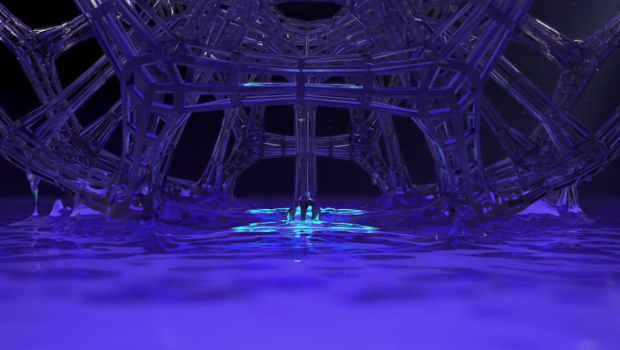
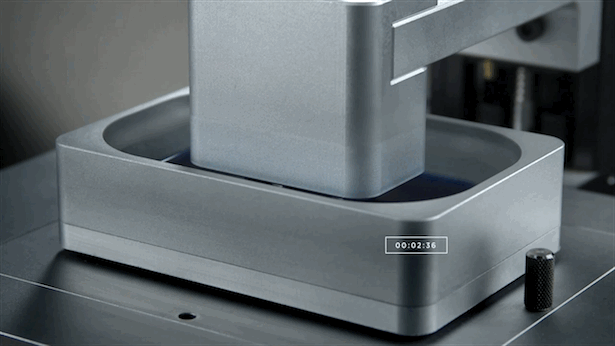
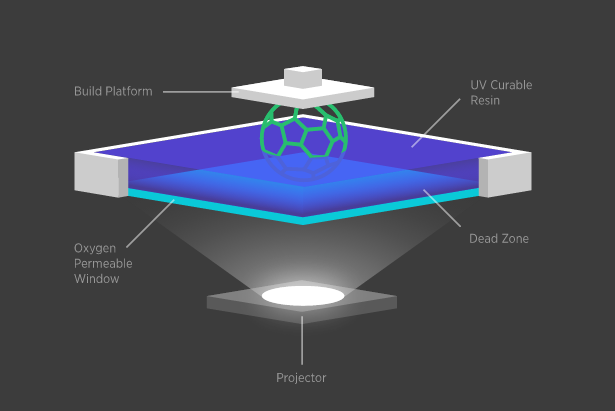
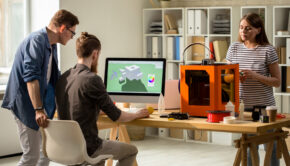

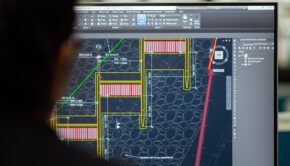
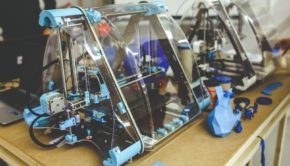










One Response to Clip the Limit of 3D Printing